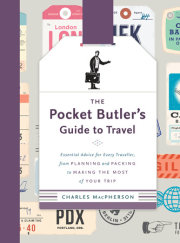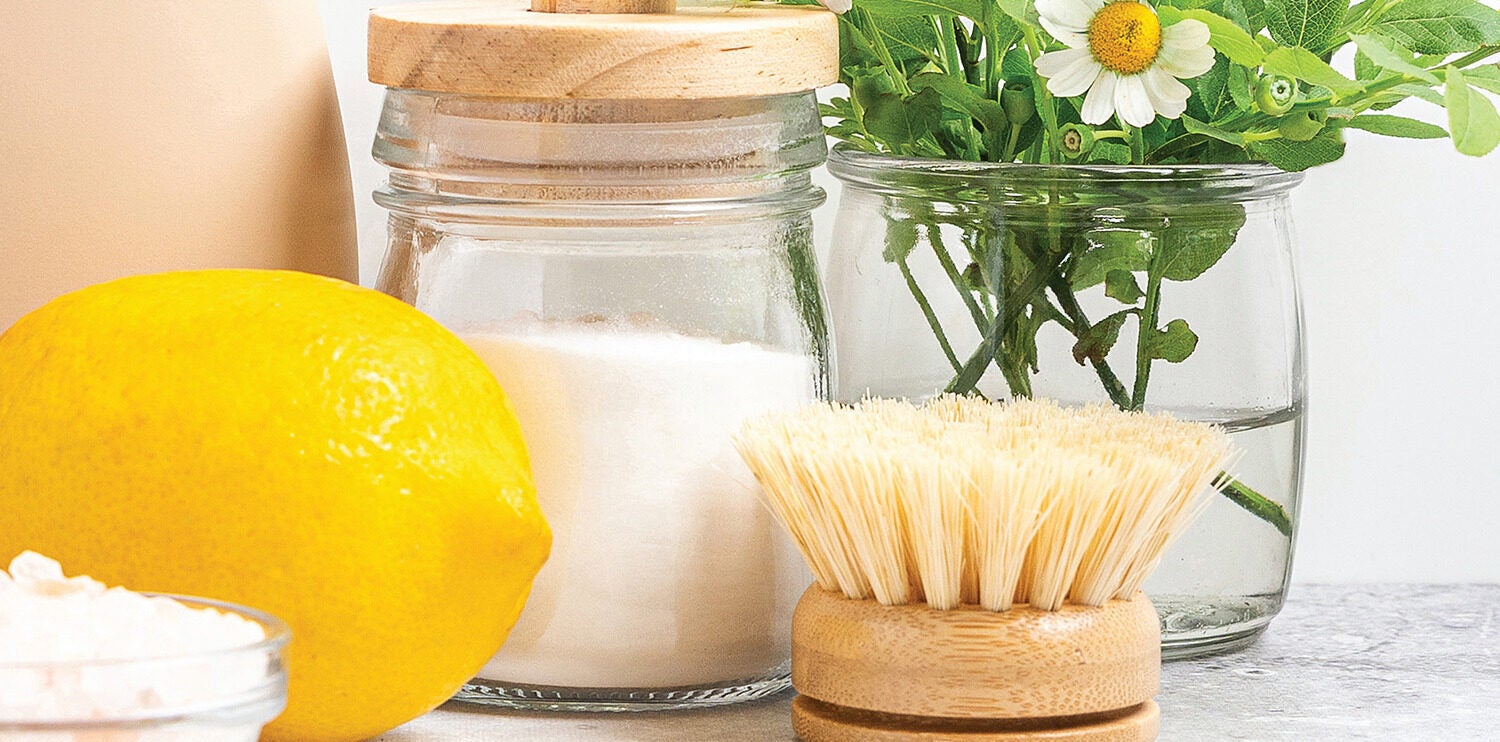Commercial cleaning products—those you find readily available on grocery and hardware store shelves—are very much a product of our time. Before World War II, most households used common ingredients, like baking soda and soap, to meet their cleaning needs. Today, there are thousands of cleaning products avail- able, a different one for every surface imaginable, but the same basic results can be achieved with a much simpler arsenal of cleaning supplies.
Before you start throwing all of your products out, though, let’s understand the different types of products available, and the best uses for them.
Cleaning products can be grouped into three basic types:
· All-Purpose Cleaners: These can be used on any surface. An example of an all-purpose cleaner would be a pH-neutral dish soap and water.
· Multi-Purpose Cleaners: These can be used on multiple different surfaces, but not on all. This category might include a cream cleaner, which is good on ceramic, on most plastics and on tile, but not on wood, marble, or other natural stone surfaces.
· Specific-Purpose Cleaners: These are intended for one type of use only. For example, a silver cleaner should be used only for silver.
The following list includes a variety of multi-purpose and all-purpose household cleaning products that I find useful in day-to-day cleaning. You might already have them in your home. While many of them are safer alternatives to commercial cleaning products, always take time to read the labels and use them with care! And, of course, test cleaners in a small, inconspicuous area before applying them to a larger surface. (For a complete list of materials to stock in your cleaning caddy, see page 41.)
Alcohol Isopropyl alcohol sanitizes surfaces and can be used on telephone handsets and remote controls. Wear gloves when using isopropyl alcohol, and wash your hands thoroughly afterwards.
Ammonia Ammonia is often used straight as a multi-purpose cleaner, and it can also be added to commercial cleaning products. Ammonia is known for providing an excellent “streak-free” finish so it is often used to clean glass, porcelain and stainless steel. It is also frequently used for cleaning ovens and soak- ing items to loosen baked-on grime. NEVER mix it with bleach, though, because that will create toxic fumes!
Baking Soda Baking soda is one of the most useful common household products. A mild abrasive, it can be used when any gentle scouring is required. Baking soda is safe to use in sinks, bathtubs, showers and pretty much everywhere. Combine it with a little water and a drop of pH-neutral dish soap for a great mildly abrasive cleaner.
Bleach Chlorine bleach is a harsh but effective chemical for sanitizing and disinfecting. Handle it with care, and follow the instructions on the label. NEVER mix bleach with ammonia or vinegar; the combination will create toxic fumes.
Compressed air A compressed air duster is the safest and least invasive way to remove dust from electronic components like computer keyboards and audiovisual equipment.
Cream Cleaner A cream cleaner does not harm most surfaces. It is great for porcelain, stainless steel and ceramic surfaces, among others. I think a good cream cleaner is necessary in every cleaning caddy.
Dish Soap One of my very favorite cleaning products is ordinary dish soap! Since it is pH-neutral, it does not harm your hands or most surfaces. It is also great at removing grease. Try to get the clear variety to avoid any unnecessary dyes.
Hydrogen Peroxide Hydrogen peroxide is a safer and gentler alternative to chlorine bleach, and it’s effective in sanitizing surfaces. You might not need it in your everyday cleaning caddy, but it should be on hand in your household.
White vinegar White distilled vinegar is a popular multi-purpose household cleaner. You can use it straight on stainless steel and porcelain surfaces, and diluted with water on most other surfaces, such as glass, mirrors and plastic. Do not use vinegar on marble, granite or other natural stone surfaces, or on wood.
Copyright © 2020 by Charles MacPherson. All rights reserved. No part of this excerpt may be reproduced or reprinted without permission in writing from the publisher.










